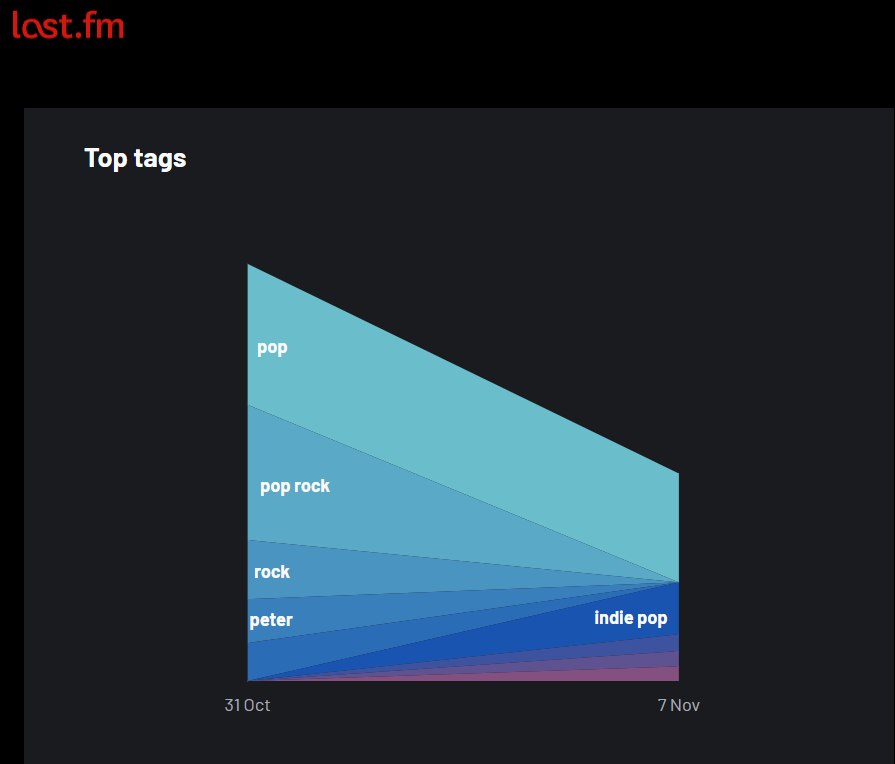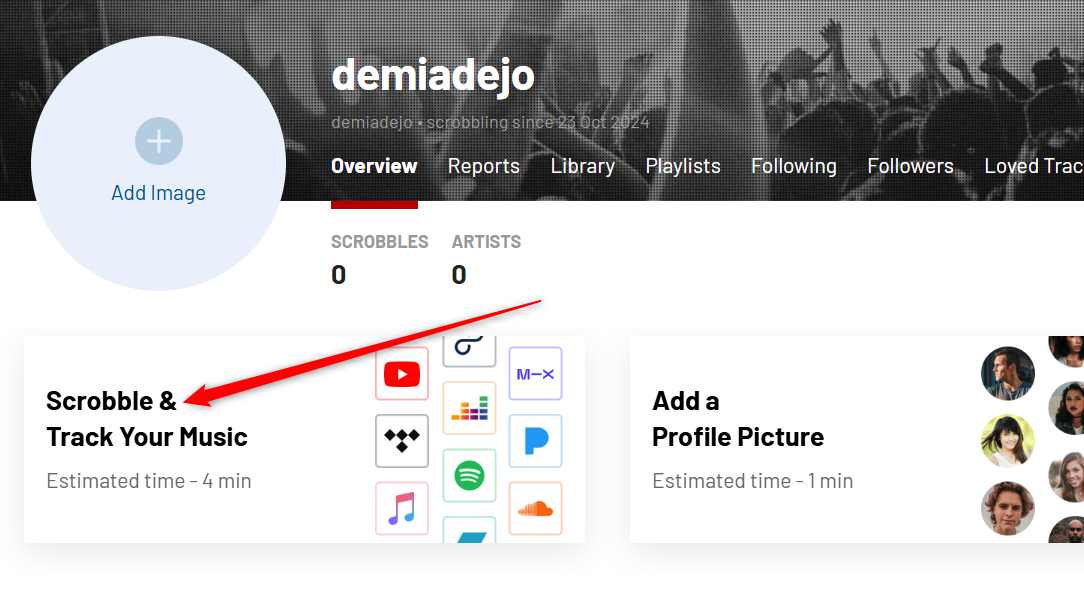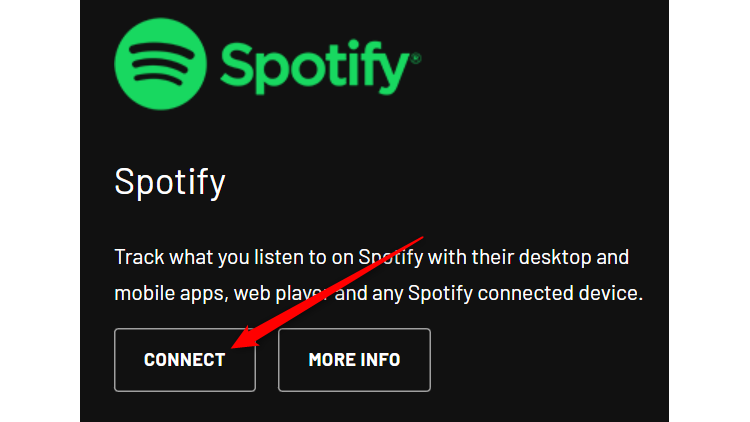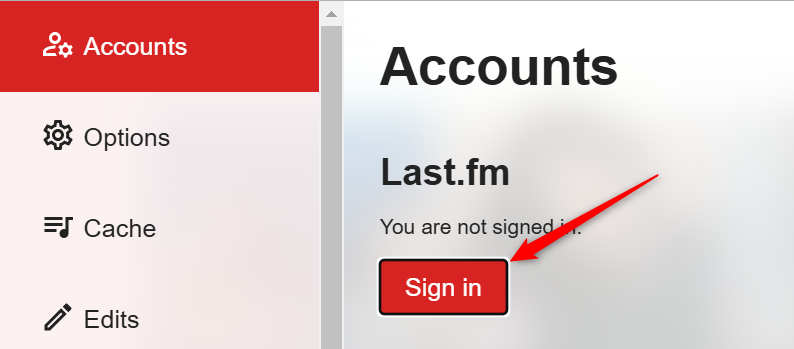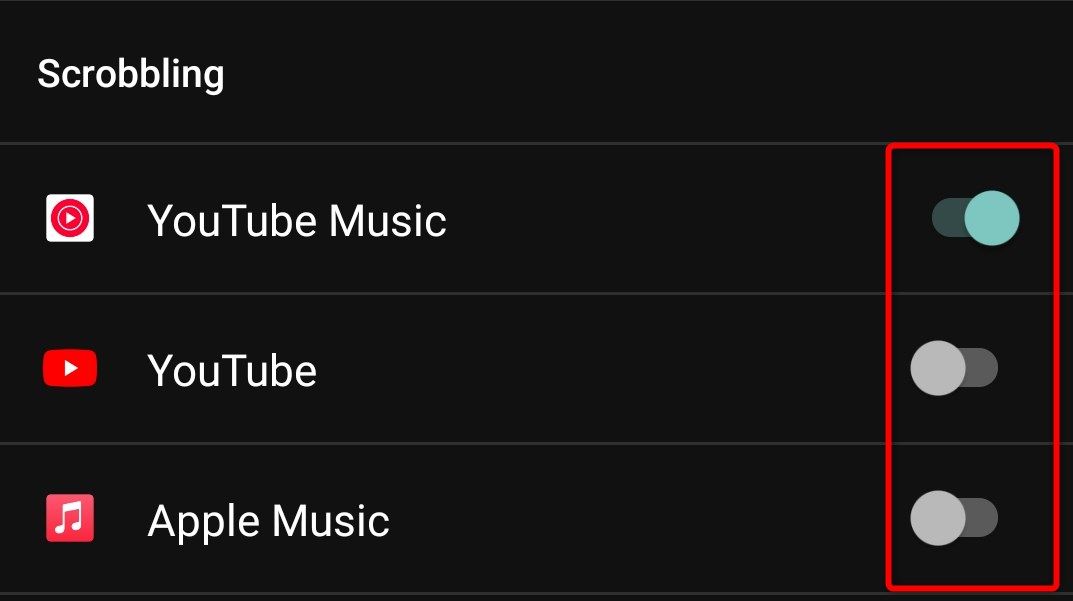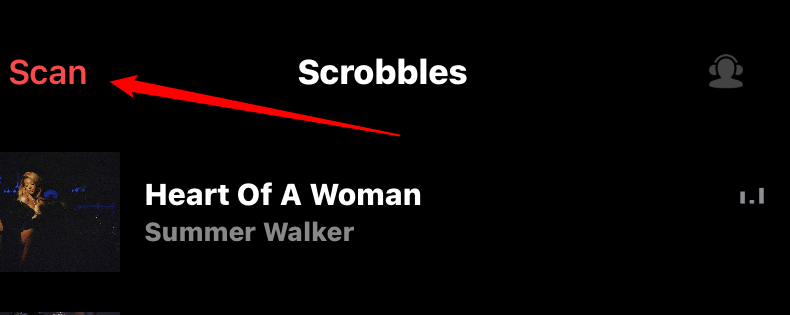I love geeking out over my music stats, so it was like a dream come true when I discovered Last.fm—a tool that lets me combine my listening history all in one place. I bet you’ll feel the same way once you’re up to speed on what it can do.
I Love My Spotify Wrapped, but It Doesn’t Capture the Full Picture
I look forward to getting my Spotify Wrapped at the end of every year. There’s something so fun about diving into the stats and seeing who my top artists were, what genres I vibed with, and which songs had me hitting repeat all year long.
However, every time Wrapped rolls around, I can’t help but wonder how accurate it is. I listen to music across different platforms—mostly on Spotify, but a good chunk on Apple Music and YouTube Music too. With my music listening activity broken up like this, I can’t help but worry that my Spotify Wrapped is forever doomed to be wrong.
It’s a small thing, but it eats at me every time December comes around. So, I started looking for ways to combine the listening data from my Spotify, YouTube, and Apple Music accounts.
The Lost Art of Music Scrobbling
While searching for a way to see my complete listening history, I stumbled across “scrobbling”, which used to be really popular in the 2000s.
Back then, streaming services were not mainstream, and most people still listened to music from their personal libraries. There was no Spotify to conveniently track your listening habits, so people scrobbled instead.
Here’s how it worked: you’d install an app on your computer, and it would “scrobble” your songs—logging each one you played to create a listening history. You could see every song you’d ever played, your top artists, most-played songs, and other stats about your listening habits over time.
Streaming services already do this for us now, so there’s no real need for scrobbling anymore except for one thing—scroblling pulls together all your music data from different platforms, allowing you to get all your listening habits in one place. For people like me, who hop between streaming services, that’s a game-changer.
Last.fm Is Game Changer for Music Tracking
There are plenty of scrobbling apps out there, but the one I went with is Last.fm.
Last.fm lets you connect to multiple streaming services, plus, it has apps for both mobile and desktop, so you can scrobble tracks from your personal library.
Once you’ve built up a solid listening history, you get access to some seriously cool insights about your music habits. You can view charts for your top artists, genres, and albums, and even see when you listen most throughout the day.
If you’re into even more detailed stats, there’s a pro version with extra features. I’ve only been using it for a few weeks, but I’m already loving it.
Getting started is easy, just create a Last.fm account, connect to your streaming services, and you’re good to go.
How to Start Scrobbling From Spotify
Once you’ve signed up for Last.fm, you can connect it with your Spotify account to start scrobbling tracks from there. To get started, click on “Scrobble and Track Your Music”.
This will take you to the options for connecting different music services. Select “Spotify” and click “Connect”.
You’ll get a popup screen asking you to sign in to your Spotify account. Once you’re signed in, you should get a success message telling you that your Spotify account has been connected.
How to Scrobble From Other Music Services
Unfortunately, Apple Music and YouTube Music do not offer native support for scrobbling, so scrobbling tracks from them is not as straightforward as with Spotify. However, it’s still possible, and how you go about it depends on how you listen to music.
How to Scrobble Music From the Web
If you listen to music from a web player on your desktop, you can scrobble your tracks by installing a scrobbler extension for your browser. There are tons of different ones, but the one I use is Web Scrobbler.
To start scroblling you first need to connect Web Scrobbler to your Last.fm account. To do that, click on the Web Scrobbler extension and open the settings page. Under “Accounts” sign into your Last.fm account.
Once you’ve done this, any songs you play on your browser will automatically scrobble.
How to Scrobble From Android
If you listen to music on your Android phone, you can scrobble your tracks using the Last.fm app. Once you have the app installed, sign in and permit it to access your Last.fm account.
Last.fm requires notification access to scrobble tracks. This is a sensitive permission to give out, so make sure you’re okay with it before continuing.
To enable scrobbling, click on the profile icon in the app and toggle the apps you want Last.fm to scrobble from.
You may need to play a song from your music player of choice and restart the app before it shows up in the options.
How to Scrobble on iOS
Scrobbling on iPhones can be a bit tricky because iOS has tighter restrictions than Android, but it’s still possible to scrobble your Apple Music tracks to Last.fm.
To get started, download the Last.fm app and sign into your account. Unlike Android, iOS won’t automatically scrobble tracks as you listen. Instead, you’ll need to add the song you want to scrobble to your library, then open the Last.fm app and hit “Scan” to pull up your recent listening history.
From there, you can review and edit the tracks you want to scrobble, and hit “Submit” once you’re happy with your choices.
Just a heads-up: tracks older than two weeks won’t scrobble, so be sure to scan and submit regularly to keep your listening stats up to date.
If you’re like me and can’t give up your mix of streaming subscriptions, Last.fm is the perfect cheat code to get the best of all worlds. Plus, if you’re into exploring your music data even more, maybe check out this app to find out other cool things you can do with your listening data.


